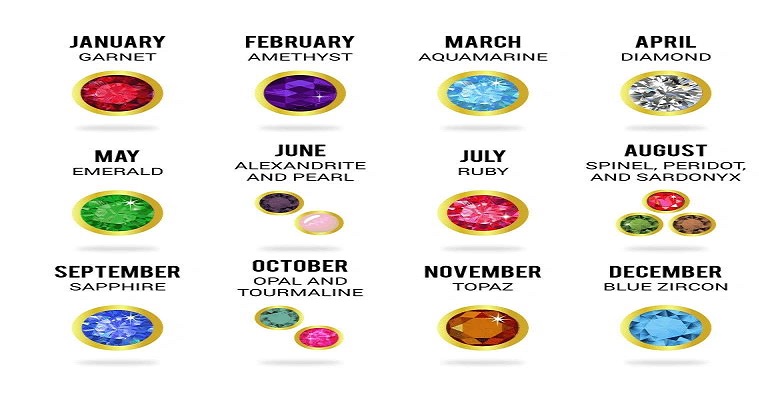Yes, lab grown diamonds are real diamonds. They have the same physical and chemical properties as natural diamonds, including the same refractive qualities, chemical composition, and strength.
The Federal Trade Commission has ruled that lab grown diamonds are not synthetic diamonds but rather lab grown diamonds. The only differences between lab grown and natural diamonds are their creation process and rarity.
Lab grown diamonds are created in controlled laboratory settings, while natural diamonds are formed within the earth over billions of years.
Both types of diamonds are excellent choices for jewelry and have identical optical properties, bringing virtually indistinguishable appearances.
The choice between lab grown and natural diamonds ultimately comes down to personal preference, with some people preferring the rarity of natural diamonds and others preferring the non-mined element of lab diamonds.
what is the process of creating a lab grown diamond
The process of creating a lab-grown diamond involves two main methods: High Pressure-High Temperature (HPHT) and Chemical Vapor Deposition (CVD).
In the HPHT method, a small piece of diamond, called a diamond seed, is placed in pure carbon and exposed to heat and pressure that mimic the conditions deep within the Earth’s crust.
The carbon melts and dissolves under the heat, and then solidifies into a diamond around the original diamond seed as it cools. The process is facilitated by machines like the belt press, cubic press, or the split-sphere (BARS) press.
In the CVD method, carbon-based gases are used to form and grow a diamond. The process begins with a diamond seed, often a narrow diamond slice, placed in a sealed chamber.
Gases, typically methane and hydrogen, are introduced to the chamber, which is then heated to several hundred degrees Celsius. Under this heat, the gases break down, and the carbon atoms from these gases begin to build around the diamond seed.
This method is newer and less costly than HPHT, but it often produces diamonds in a black or brown color, which then requires HPHT treatment to achieve the final, colorless diamond.
Lab-grown diamonds are identical to natural diamonds in terms of chemical composition and physical and optical properties. They are real diamonds that can be created in various colors, including yellow, blue, pink, orange, green, red, and black.
The process of creating lab-grown diamonds is faster and more sustainable than natural diamonds, taking only a few weeks compared to billions of years for natural diamonds to form.
lab grown diamonds pros and cons lab grown diamonds website problems with lab grown diamonds lab grown diamonds are called lab grown diamonds locations highest quality lab grown diamonds lab grown diamonds near me lab grown diamond clearance lab grown diamonds vs natural diamonds lab grown diamonds for sale are lab grown diamonds real diamonds lab grown diamonds wikipedia.
Related Articles
- Which metal detector is suitable for searching for coins?
- gary drayton metal detecting
- how long range compass for gold detection system
- How To Use LSM9DS1 With Arduino Review
- What is the price of silver and gold right now?
- Table of Metal Frequencies in Hertz?
- What does an airport metal detector capture?
- Ten tips if you are new to using a metal detector
- Proximity detection technology
- XP ORX Multi-Frequency Metal Detector

